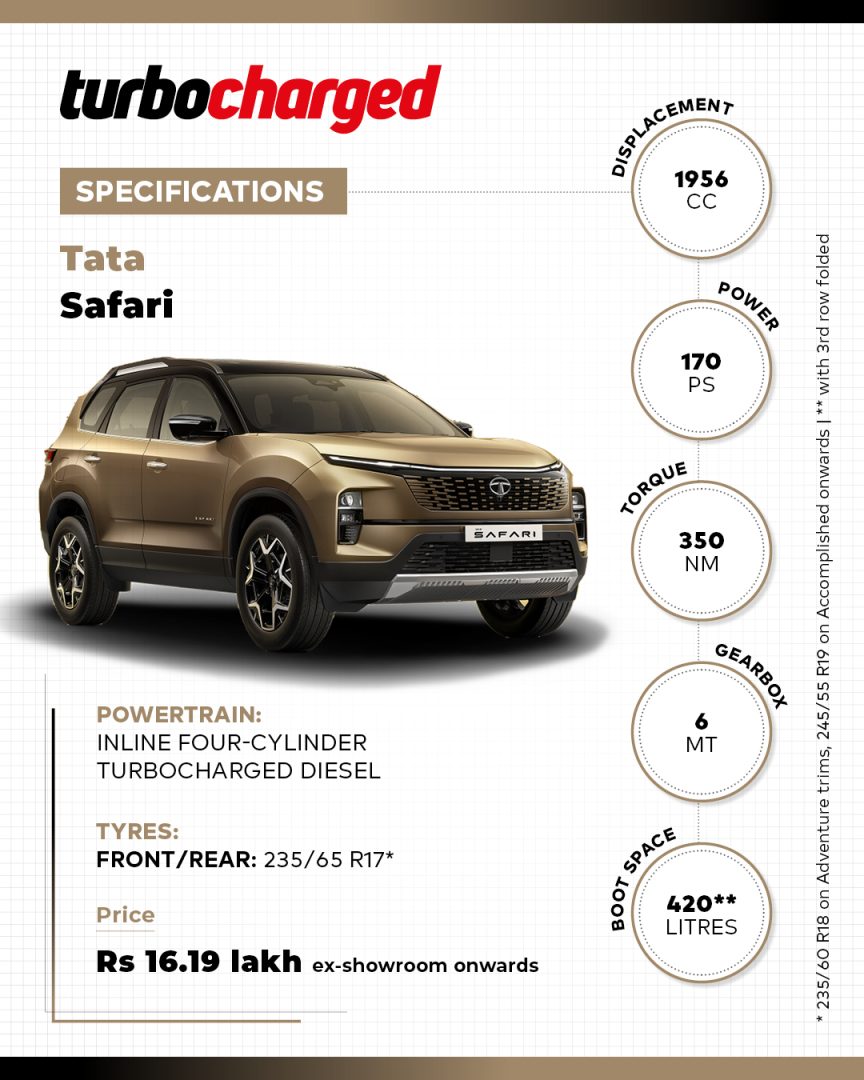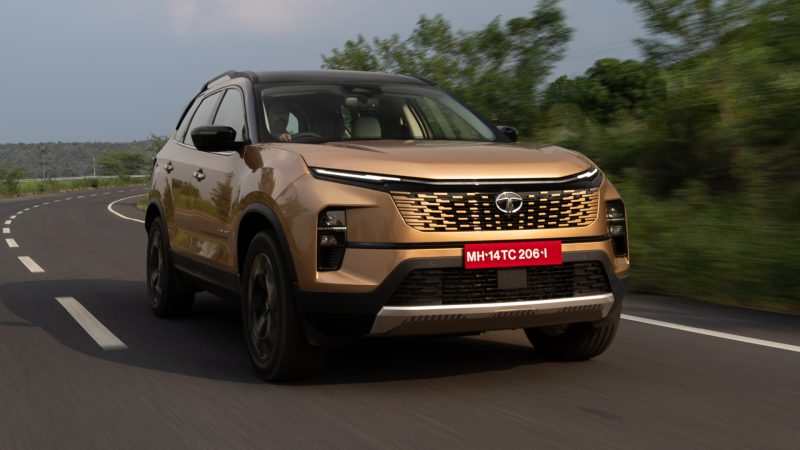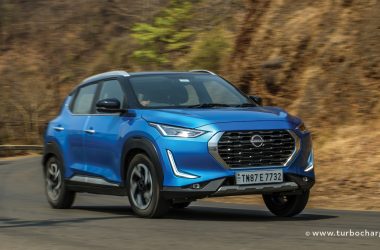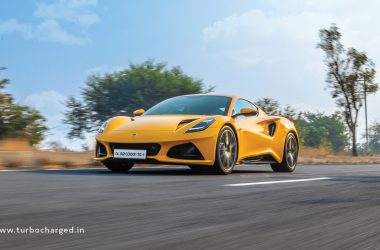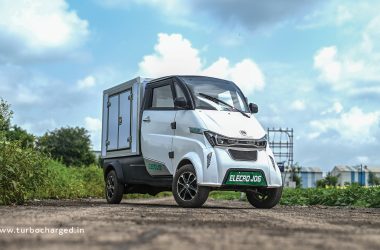Photography: Tata Motors
The Safari is a name that introduced Indians to the world of premium-family SUVs. It was big, butch, came with a seating position that towered over every other car on the road and suspension that flattened all kinds of road surfaces. So, yes there were a few raised eyebrows when Tata decided to name their new monoque seven-seater SUV based on Harrier, as the Safari, one of the primary protests being that there wasn’t much differentiation between the two models, especially at the front. Tata has tried to fix that with the 2023 Safari while making it more premium than the outgoing model. How well has the carmaker managed to do that? Let’s find out!
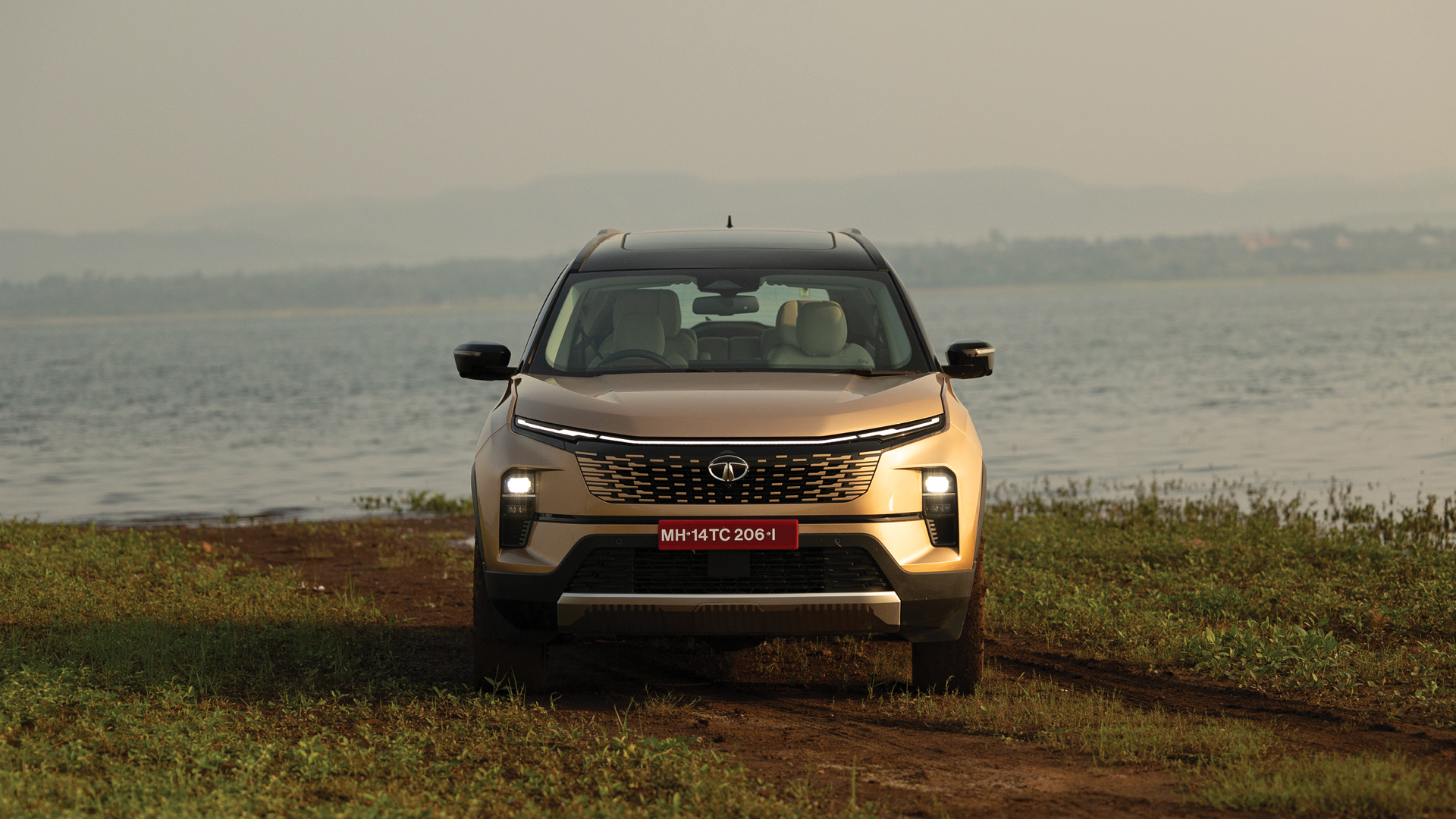
Like I mentioned earlier, the outgoing Safari had a very similar face as the Harrier, but this time around there are a few key differences. The grille is bigger on the Safari with the elements inside finished in body colours, unlike the chrome ones on the Harrier, while the lower half of the face looks simple with a silver skid plate adding contrast to the black bumper on the top-spec Accomplished trim you see here. The headlamp housing is more squarish compared to the angular units on the Harrier. There’s also a cool attention to detail in the form of a small Safari-branded silver plate placed between the headlamp and fog lamp. Overall the updated Safari’s face looks more mature, one that suits it more premium positioning. The LED DRL running across the width of the SUV is the same as the Harrier, though, with a similar welcome and goodbye function.
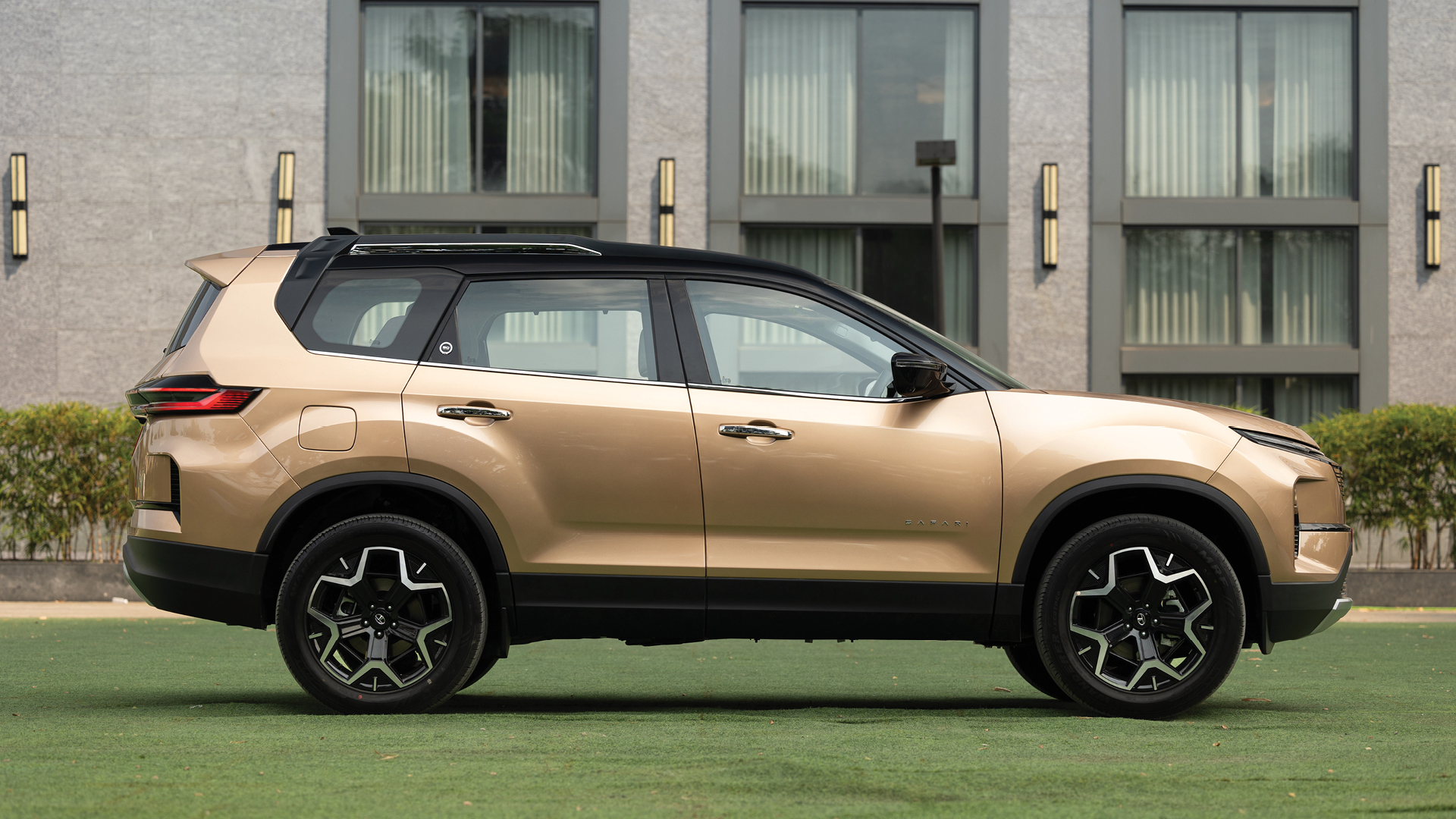
On the sides, the silhouette remains the same with a stepped-up roof beyond the B-pillar, but the SUV now sits on bigger 19-inch wheels which look absolutely smashing, and certainly are one of the design highlights of the 2023 Safari. A similar variation of this alloy design first debuted on the Sierra EV concept showcased at the 2020 Auto Expo, but Tata decided to fasttrack them onto the facelifted Safari. The upright rear end is similar to the outgoing model apart from the new connected tail lamp.
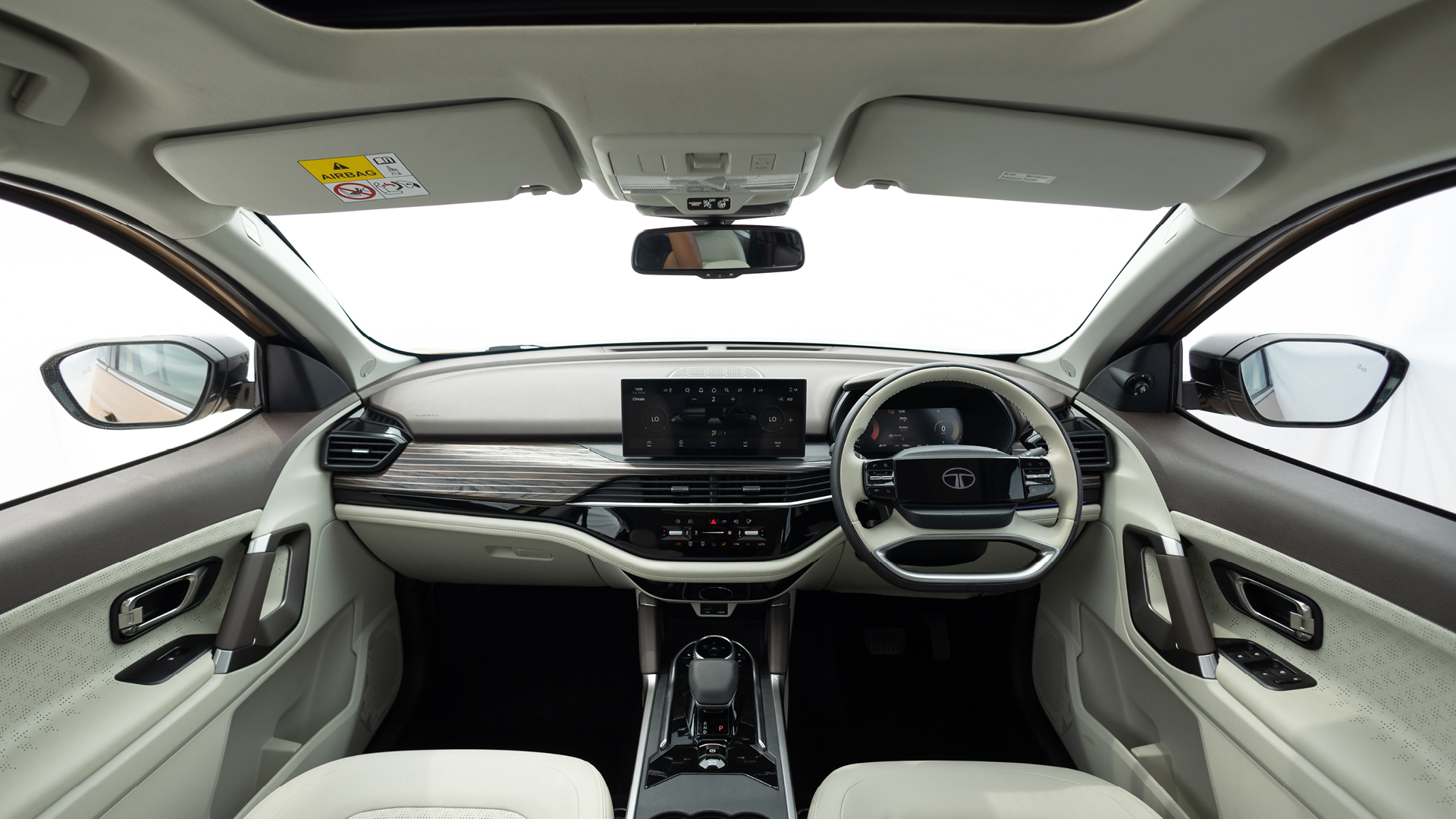
Step inside, and you are greeted into a premium ambience of the Safari’s cabin, most of which is dominated by lighter shades. There is abundant use of soft touch materials in the cabin, including the top half of the dashboard which is finished in brown. The centre panel gets a wooden finish, which further accentuates the premium feeling. The rest of the dashboard layout is similar to the Harrier with a 12.3-inch infotainment screen in the centre, a 10.25-inch digital driver’s display and a touch-based dual-zone climate control system. The highlight of the cabin for me, though, is the new four-spoke illuminated steering wheel which is finished in dual-tone white and black shade. It feels perfect to hold onto and is light enough to operate with a single finger! In fact, the electronic steering wheel means that the Safari now feels a lot more convenient to drive in the city.
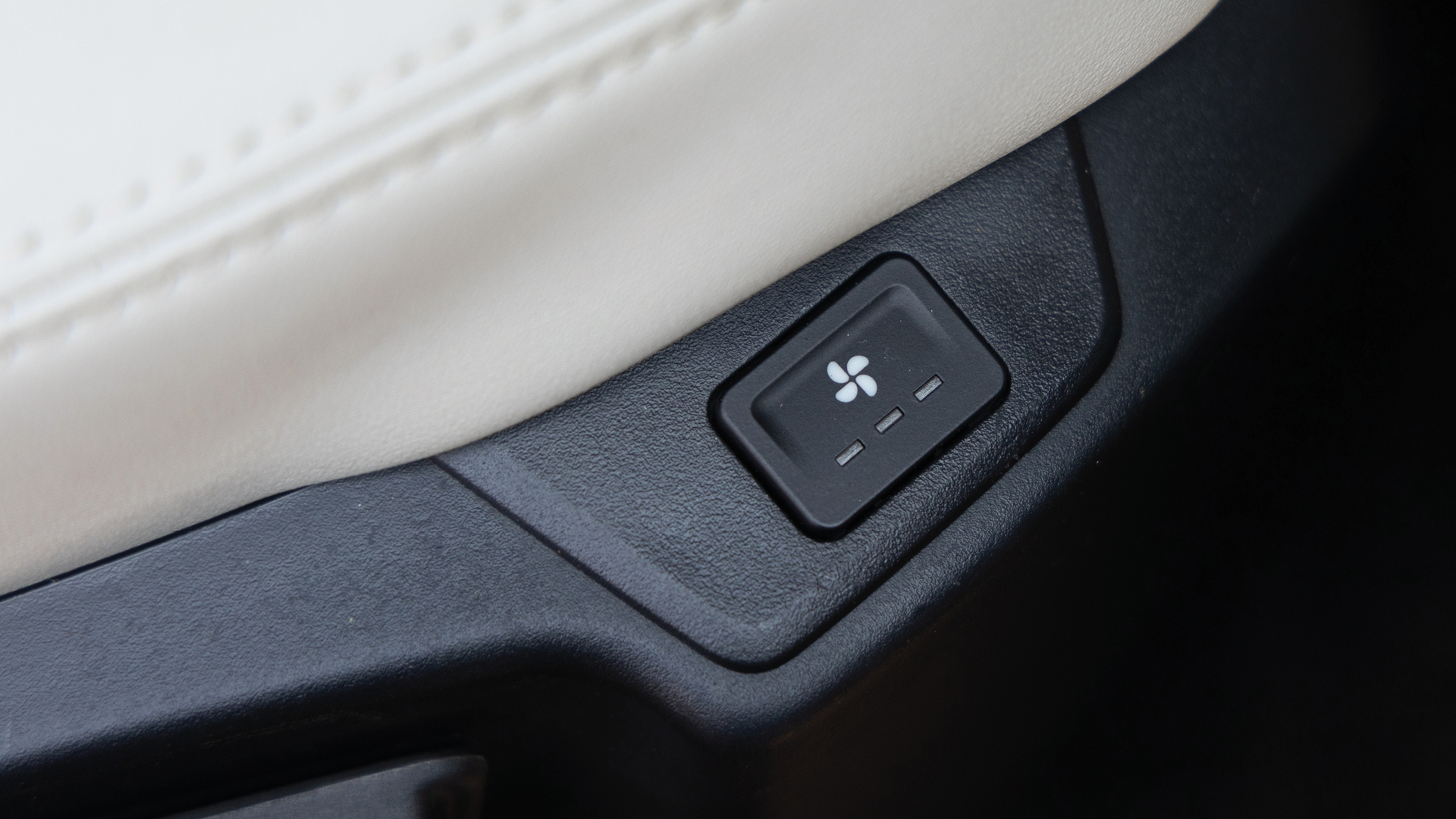
The list of features is similar to the Harrier but the Safari also gets seat ventilation in the second row captain seats along with the electrically operated boss mode. Speaking of the second row seat, the theatre seating means that they are placed higher on the floor and offer excellent under thigh support. You also get comfort headrests which provide extra support for your head, so that it doesn’t move around a lot while you are trying to rest. The Safari always had one of the most spacious third row seats in the segment, and that continues with the facelifted model. This also means that the boot space is still miniscule with all three-row seats up. While the overall quality levels have improved, we did notice a few rough edges in the finishing which hopefully will be sorted out by the time the SUV starts reaching the customers.
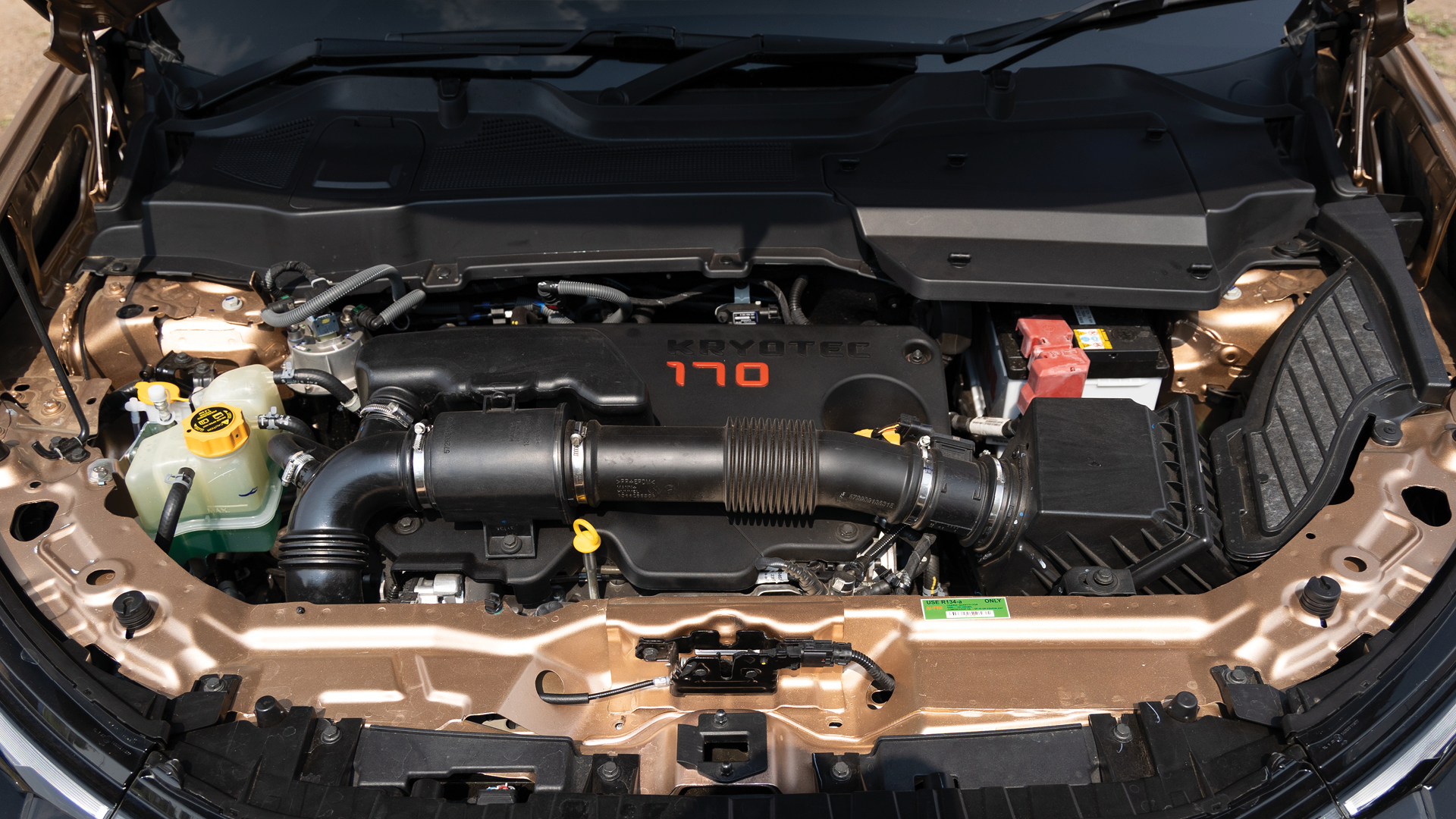
We drove the Safari equipped with the 6-speed automatic which is now operated via a new e-shifter, along with paddle shifters behind the steering wheel. Paired to the 2.0-litre turbo-diesel, the powertrain combination effortlessly pulls the extra weight of the Safari, but gets louder the more you push it. Tata has re-tuned the suspension setup on the Safari, and it has only gotten better despite the larger wheels. To judge that, I had Sayantan sit in the second-row seat and apply mustard on his sandwich while I drove through a rough-patch of road, and he managed to do that without dropping a single drop on the pretty white leathers!
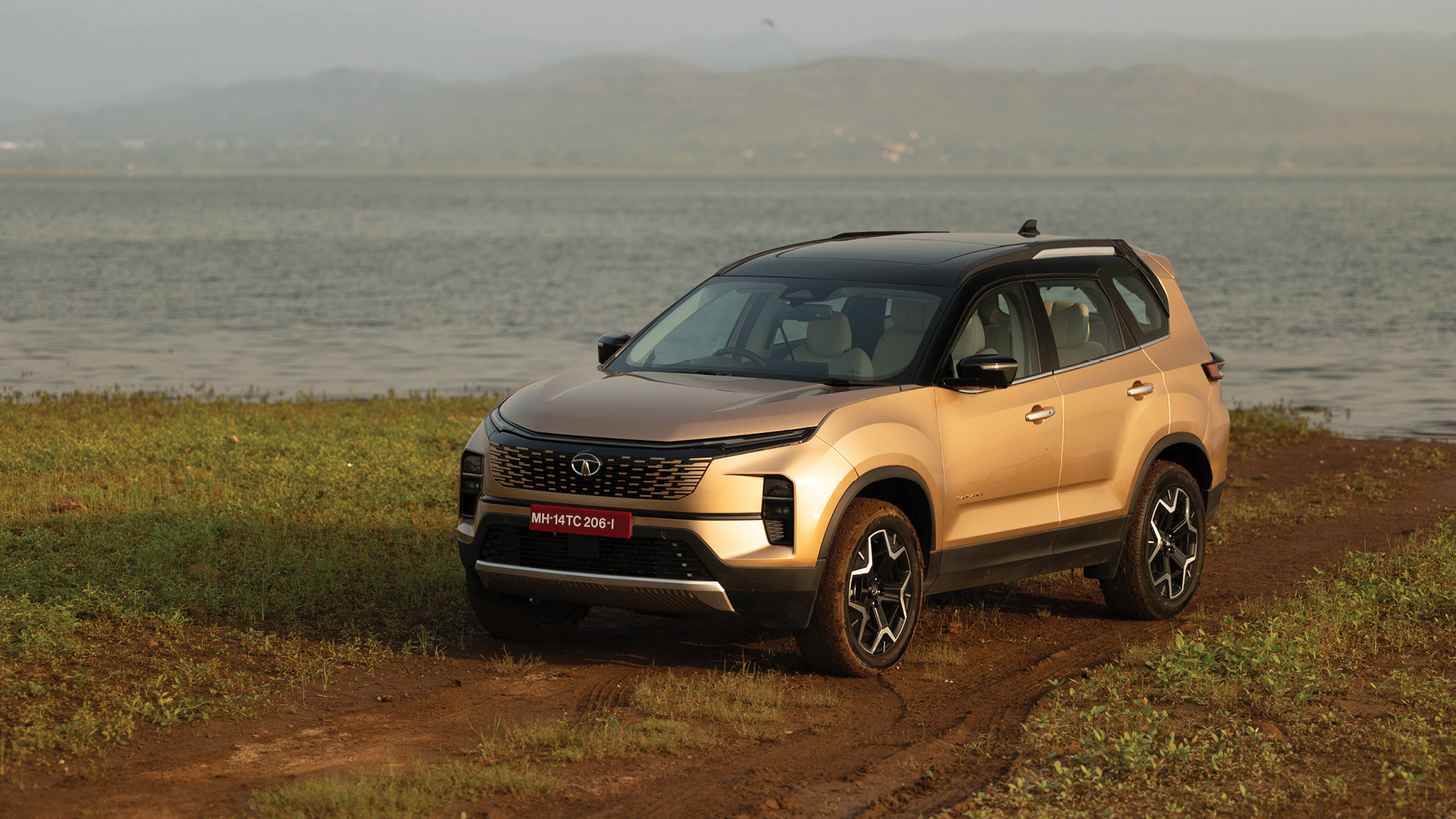
On the safety front, the 2023 Safari is again loaded to the gills with features like three-point seat belts for all passengers, ADAS and seven-airbags (six airbags now standard), including a new knee airbag. The good thing is that the curtain airbags extend till the third row, ensuring that the safety of all passengers has been taken care of. As a result, both the Harrier and Safari scored 5-star in the Global NCAP tests! All wheel disc brakes are standard across the range and they bring this mammoth to a halt without any drama.
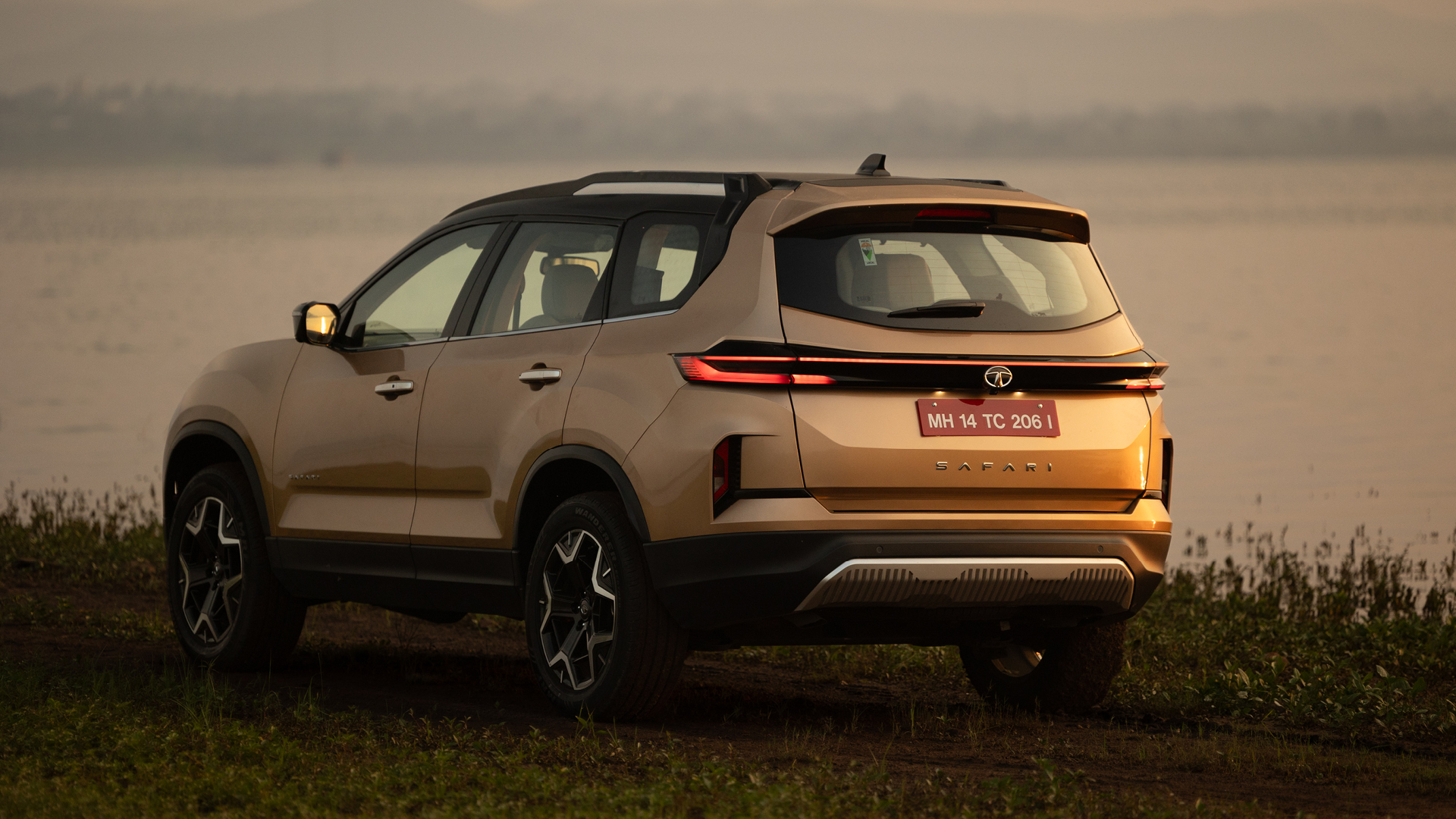
The prices for the updated Safari, start at Rs 16.19 lakh, ex-showroom, onwards, with a price bump in the range of Rs 50,000 to Rs 80,000, depending on the trim levels, which feels worth it for the added kit. The Safari has now caught up to its primary competitor, the Mahindra XUV700 in terms of tech, and looks more appealing with the design updates. Yes, it still misses out on all-wheel drive, but the ride comfort is better than before, and dare I say, it almost matches the OG Safari on that front! To conclude, Tata has now given the Safari a mature, premium identity that suits its flagship tag, and one which feels distinct from the youthful aura of the 2023 Harrier.
